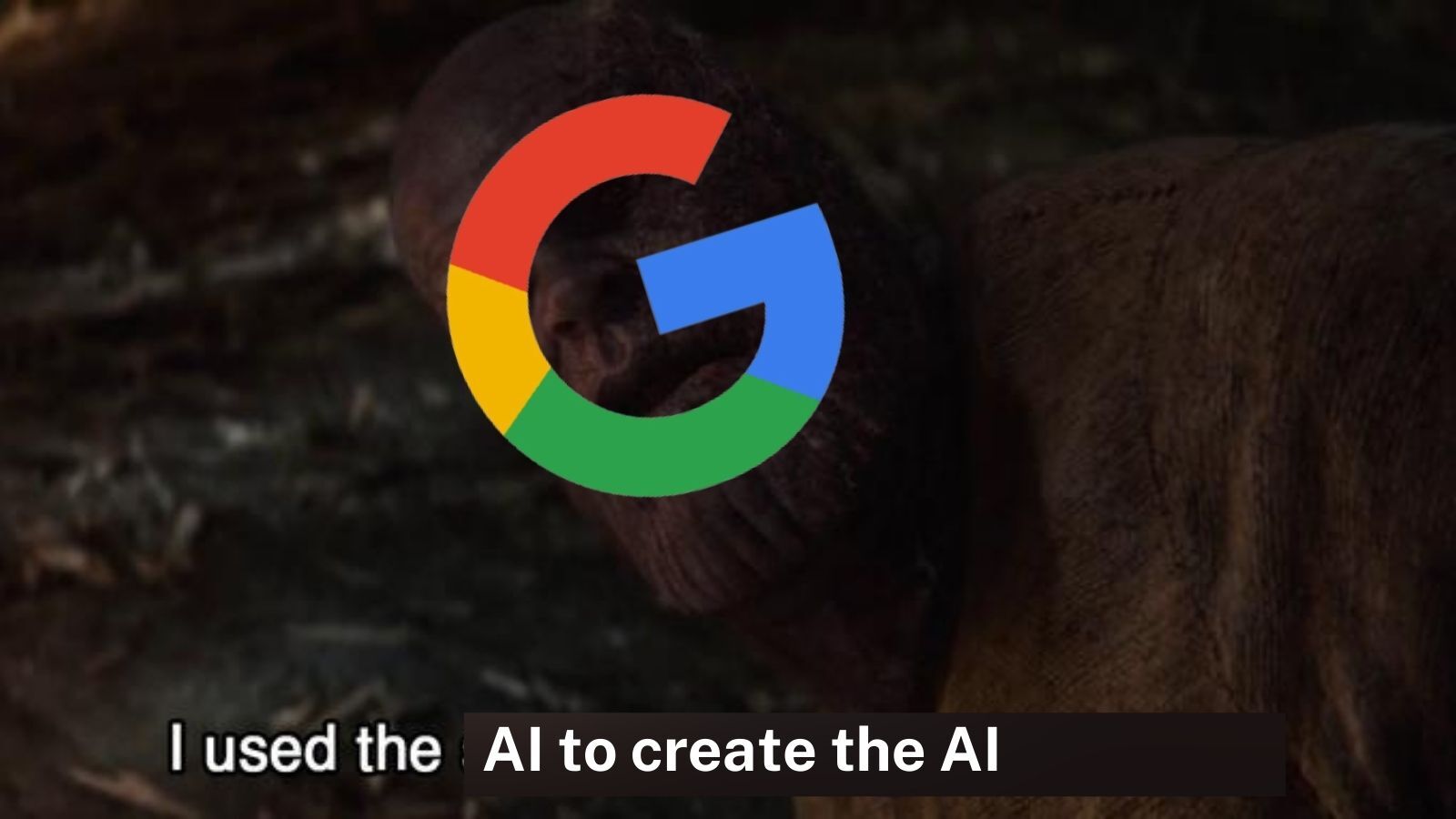In a move that smells of future-tech efficiency, Google is now using AI to help design and develop its next line of machine learning capable AI chips. The web giant claims that while the AI algorithm’s designs for chip floor plans are unconventional, they’re nonetheless as or even more efficient than designs laid out by humans. What’s more is that while a human can spend months on end on these designs, AI can put one together in less than a day.
How does it work, Google?

What Google’s AI does specifically is develop various efficient floorplans for AI chips. This process, usually carried out by slow, inefficient, fleshy humans (with the aid of computers) coming up with a layout on a silicone die for the various bits and pieces that make up a chip’s subsystems, like memory cores, CPU’s and the like. Understandably, there are a lot of tiny wires that need to be wound around, and if you’ve ever tried organising cables at your desk you’ll kind of be able to understand how hard it must be to do similar with thousands and thousands of minuscule wires. Hence why it takes Google’s crew months to plot out floor plans.
Where things get placed on these silicone dice determine the efficiency of the resultant chip. AI is able to figure out optimal floor plans in much the same way that it determines the best way to win games of chess or Go. Google fed its AI a set of 10,000-floor plans and keyed different “win” conditions to different aspects of their design, like how much wire was used. This gave the AI an idea of how to “win” and “lose” the game of designing these floor plans.
However, machine’s don’t think like humans. They come up with unexpected answers to problems with the age-old evolutionary adage of “If it works it works.”
The result is that the AI’s floorplans looked quite a bit different to Google’s human-made designs. They’re as functionally sound, if not more so, they just aren’t as neatly laid out. Which is fine. If it works it works.
This, as mentioned early, speeds up the process hundredfold, and allows Google and other companies to more speedily come up with optimal designs for different kinds of AI chips. Which is great, so long as we aren’t someday bowing down to our AI overlords.
Source: The Verge